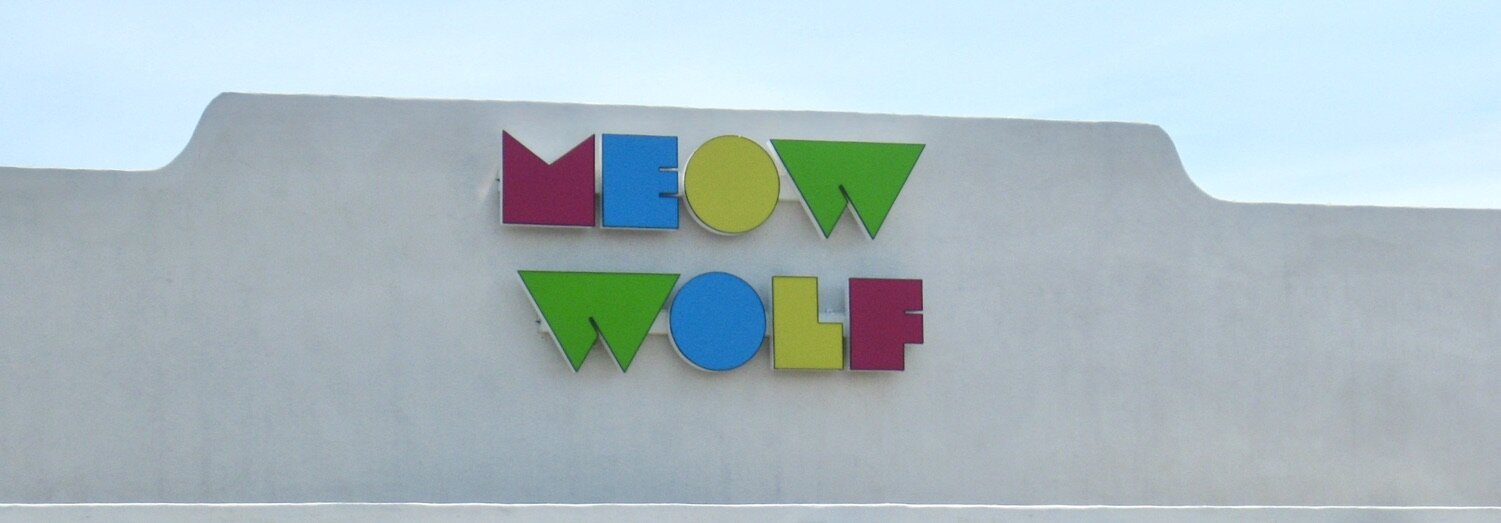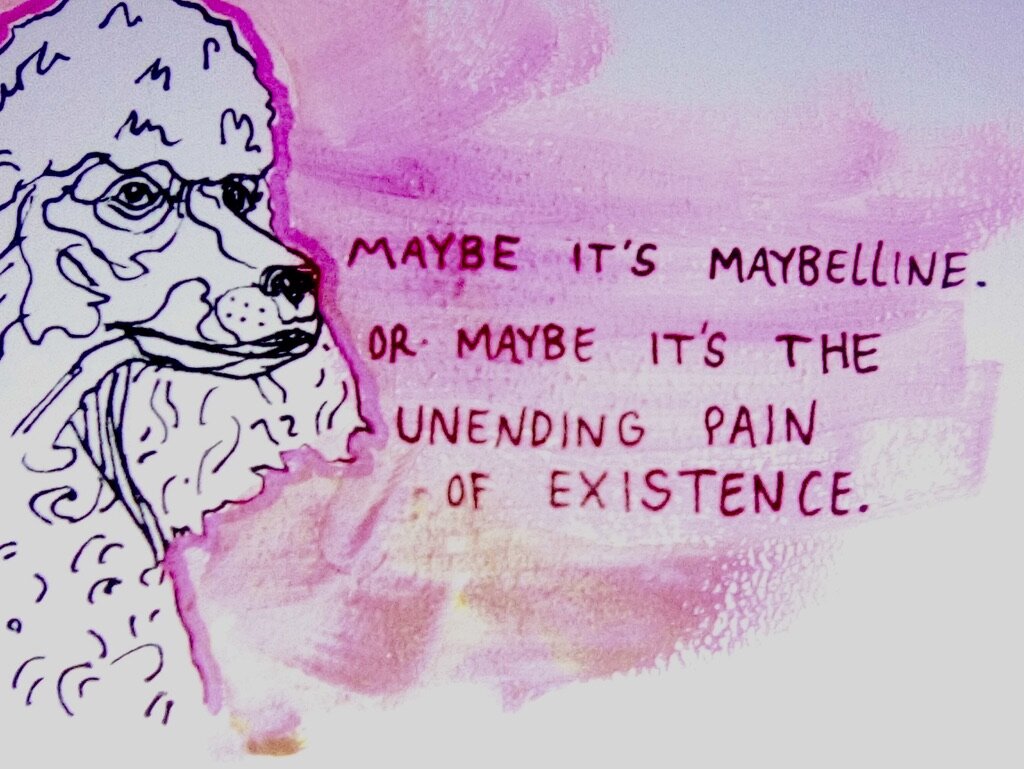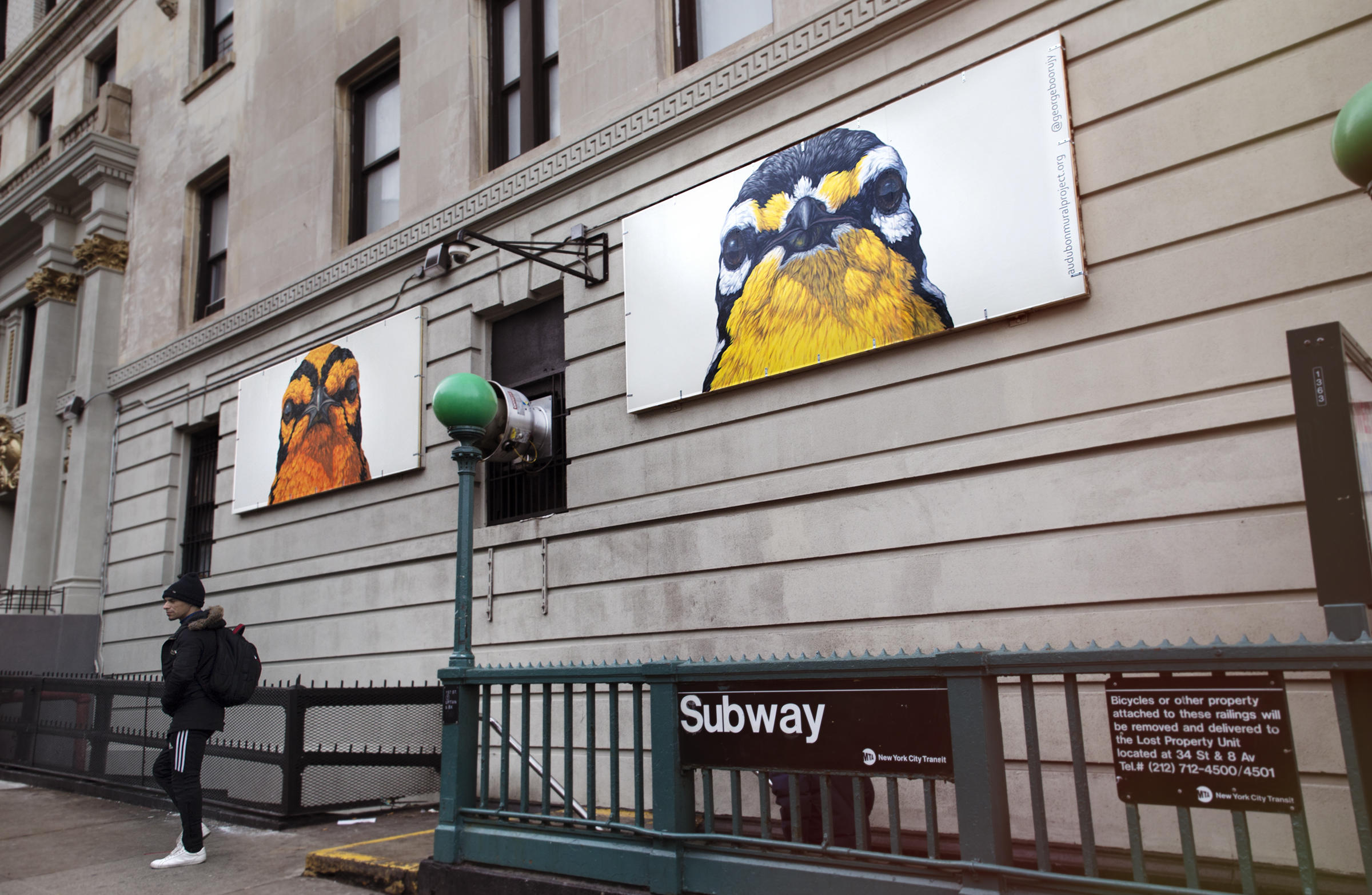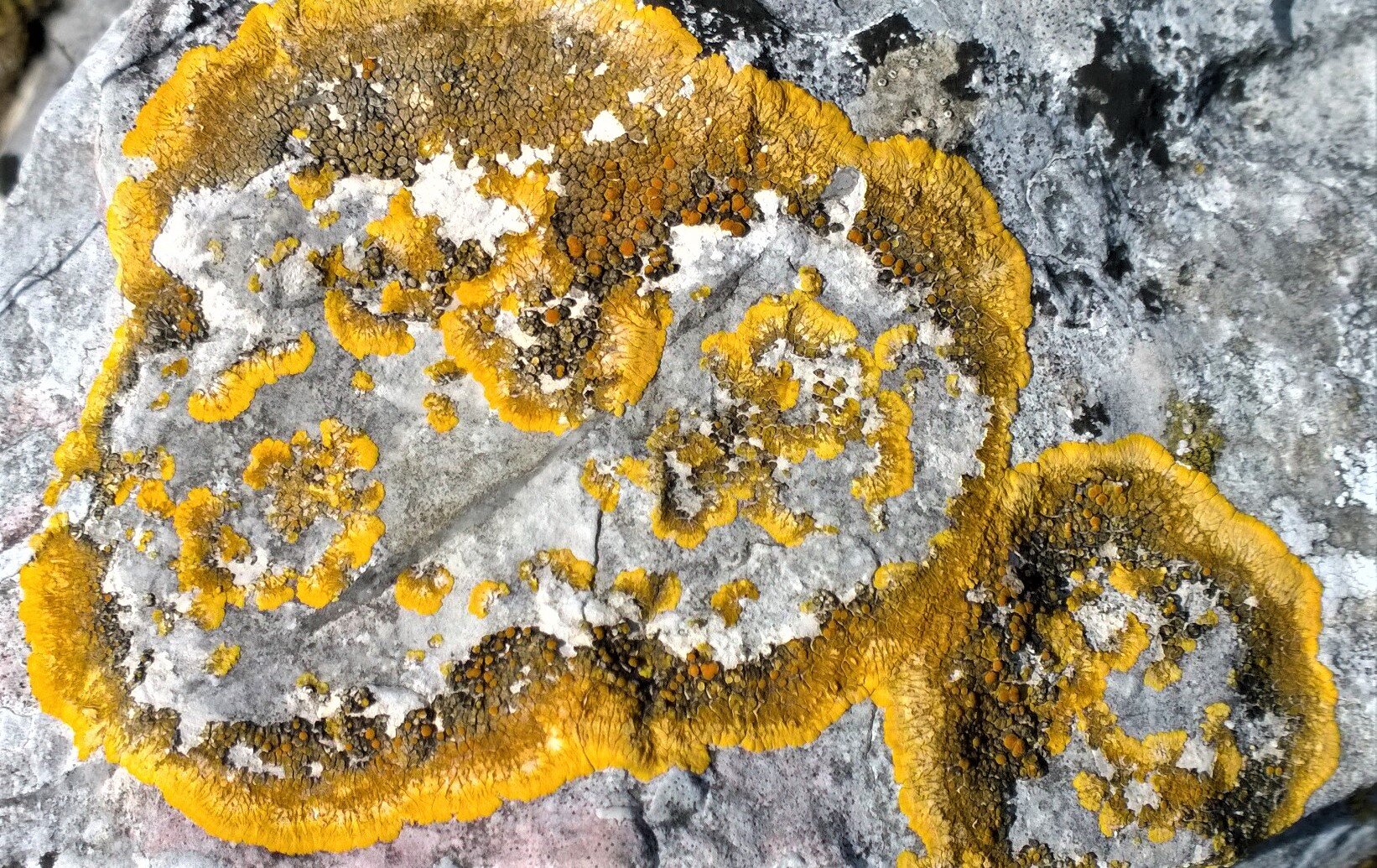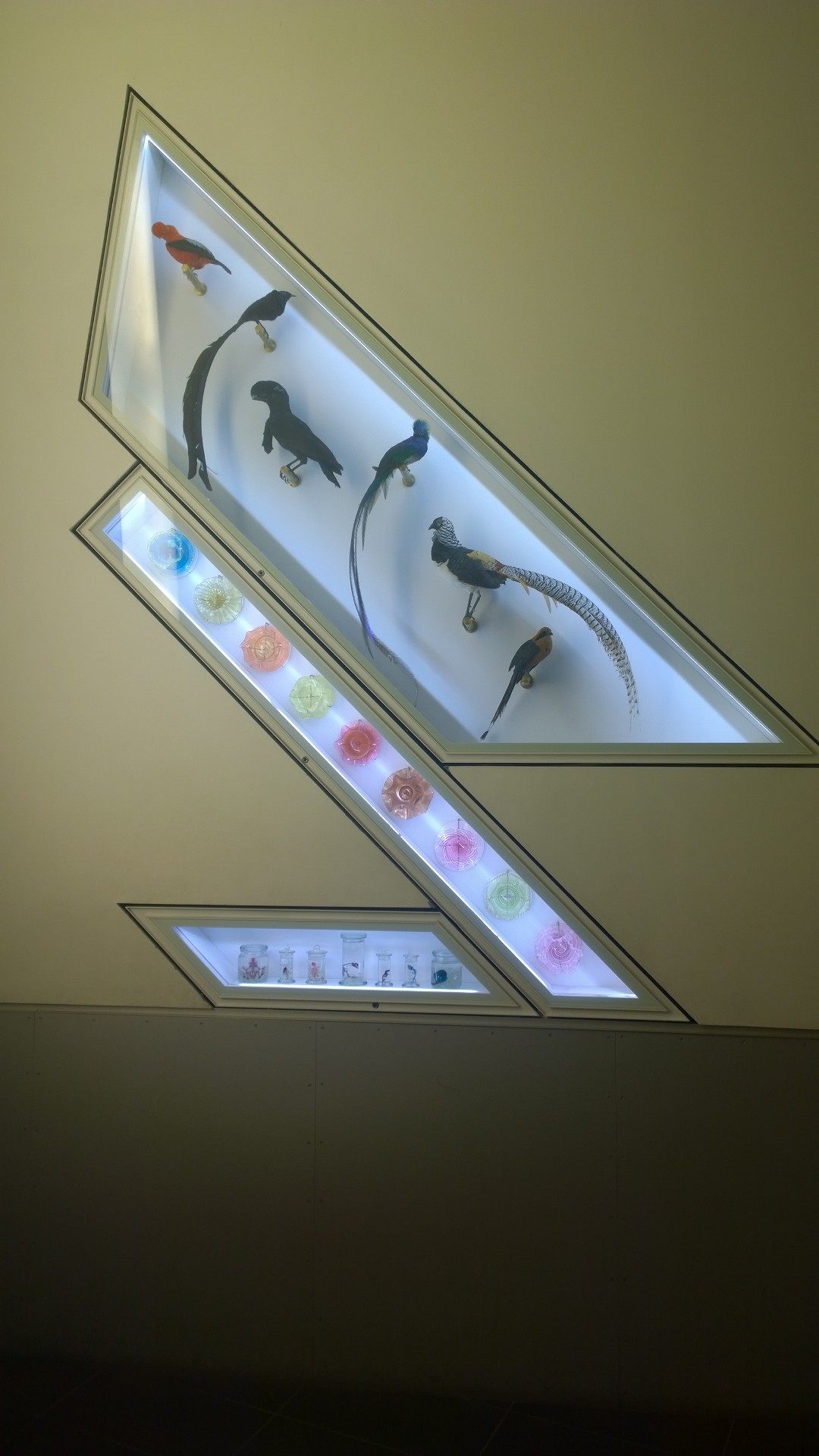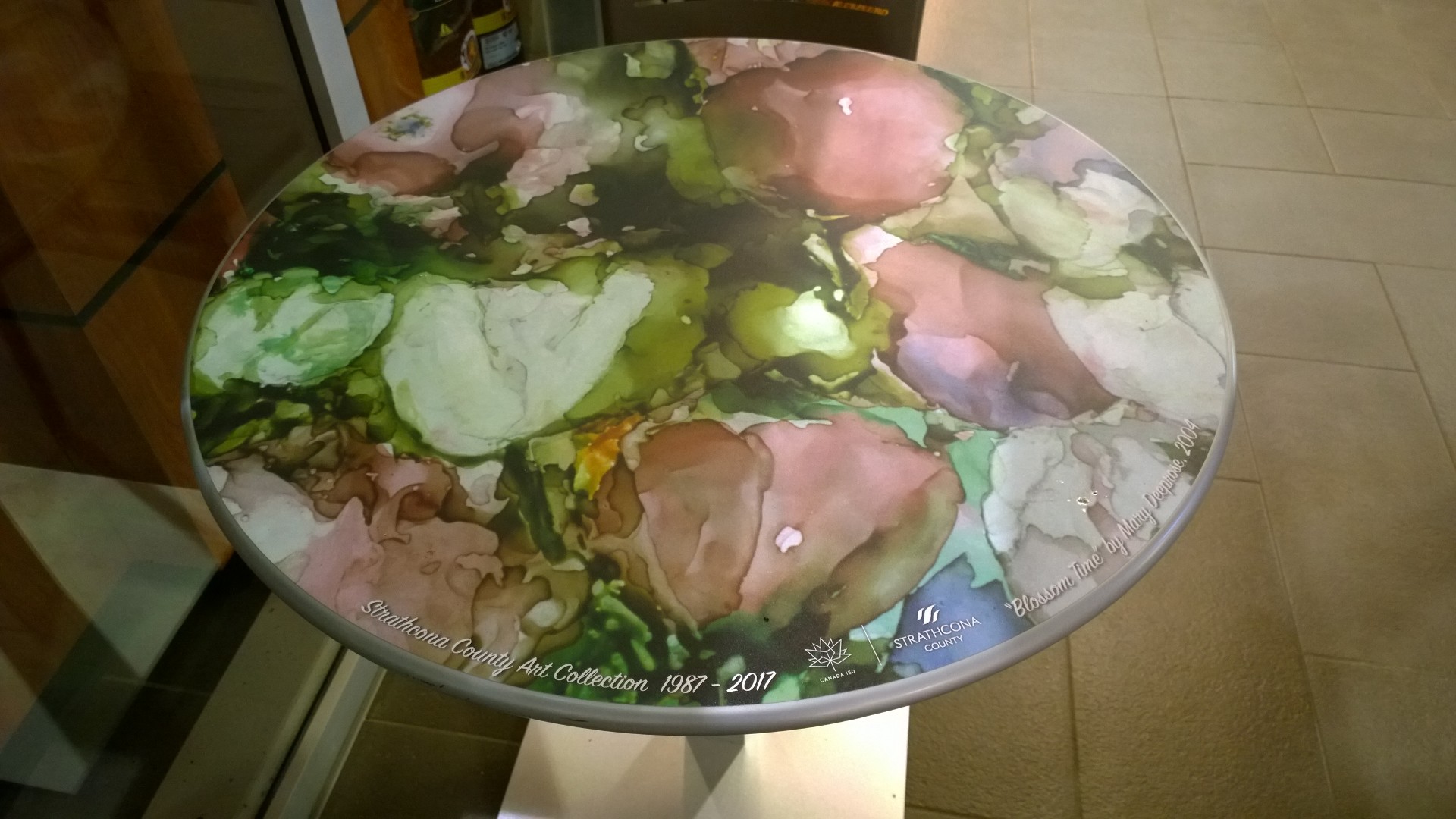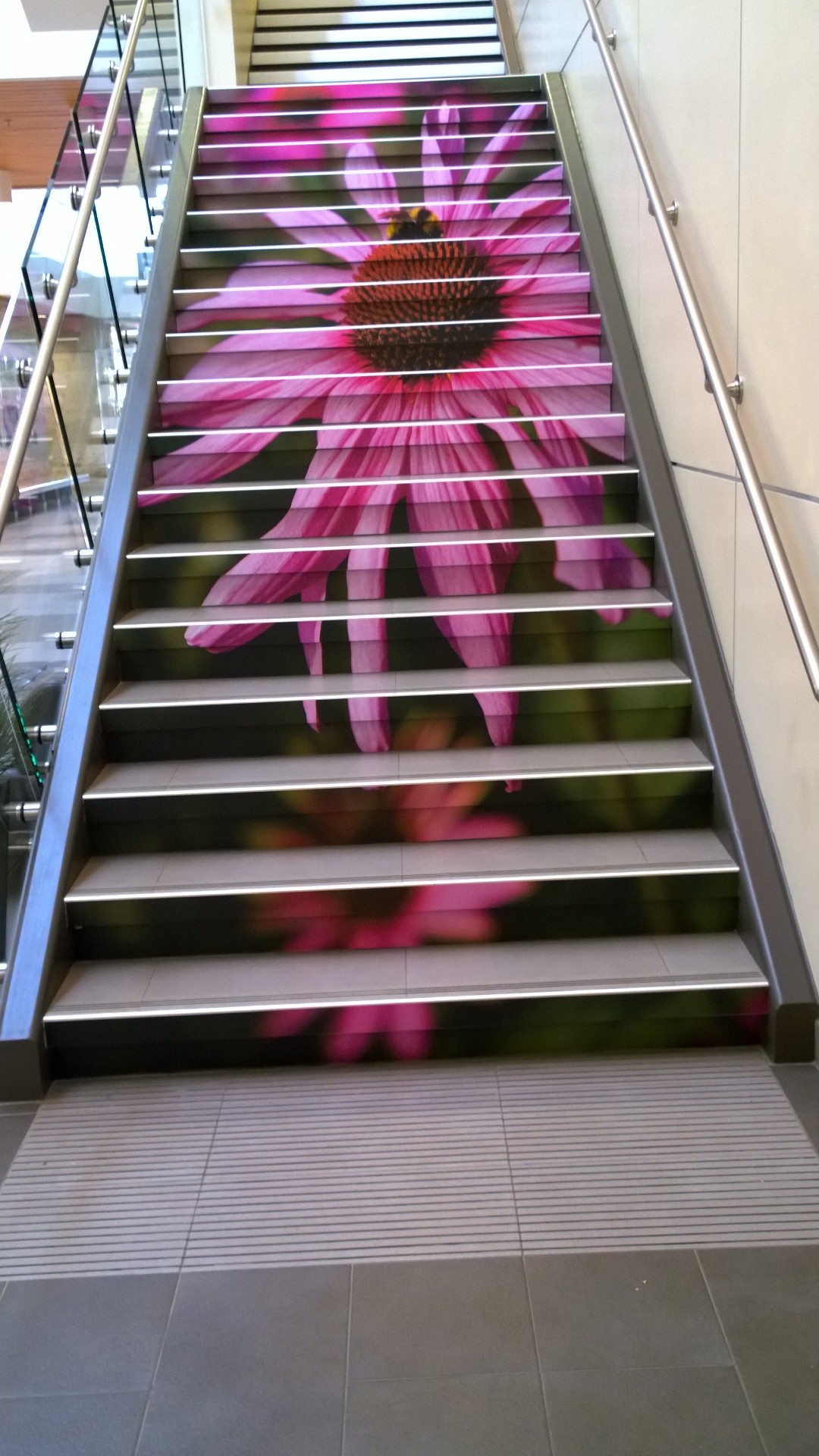Just before I started to write this blog post about mental health-inducing, life affirming insights, I decided to read one last email. That took me for a ride and completely hijacked what I was going to write. Blame it on the Biomimicry 3.8 team. Biomimicry is a concept I have been enthralled with ever since reading Janine M. Benyus’ ground-breaking book “Biomimicry: Innovation Inspired by Nature.”
She positioned nature as a mentor and as a source of value, based on what we can learn from it, not what we extract from it.
The email was emphasizing the need to take comfort in nature—her resilience, her inspiration, and her endurance, as a way to help people through the enduring COVID crisis.
Biomimicry is all about tapping into and applying nature’s genius -an endless source of solutions to life’s design challenges. The potential is there to transform the way we grow food, make materials, harness energy, heal ourselves, store information, and conduct business. One of their approaches to jumpstart solution development, is through nature journaling activities. The journaling can encourage participants to build their own collection of inspiring forms, processes, and systems found in nature.
Bio-inspired Outlook
To help guide you, on your own bio-inspired future through nature journaling, they have produced a biomimicry workbook written by Erin Rovalo. The clever title, iSites, or as they explain “eyesight”, is a fun play on words, as it aims to focus you on being in a specific place while observing what is around you. <https://b38.app.box.com/s/un6kwk5jhh2aaq8c202uu5l37n42l1d8?utm_source=Full+Mailing+List&utm_campaign=2b18ffb7e2-EMAIL_CAMPAIGN_2020_03_19_02_05&utm_medium=email&utm_term=0_740ccc5ad4-2b18ffb7e2-118175665>
This isite guidebook maintains the eyesight analogy by sorting the exploratory exercises into different lenses to prompt different viewing perspectives that help with recognizing phenomena, observing patterns, focusing on context, and seeing interactions. Biomimicry workshops employ a process of strategically directing participants to ponder questions like how does nature produce energy, how does nature optimize strength, and how does nature minimize waste? This opens up many diverse avenues of engagement interpreters could employ while building observation - raising skills with our heritage visitors.
Nurturing Dedications
The isite book has a wonderful dedication by the author that resonates on many levels for our work:
““To all the creative problem solvers working tirelessly to create a better world and who could use a dose of inspiration, beauty, and optimism to carry on. And to all the creatures of the Earth, large and small, that inspire us to do better.””
She captured the kind of nurturing holistic feeling our society so deeply needs right now (and always). How would you feel if you read this as you were entering one of our world’s heritage sites? Would you be uplifted? Would you pick up your pace and be inclined to increase your level of nature empathy?
Do you have a feel- good factor dedication aimed at your site visitors that also ties to your site mission? Maybe you should …
Credit: Biomimicry Institute
Ask Nature
Guided observation can allow participants to uncover solutions to specific situations. Here is one the biomimicry team shared: Pomelo fruit can strike the ground from heights over 30 feet without showing signs of damage. An engaging extension for your visitor would be to explore questions like how does it do that and might this have any application to my life? A spinoff web site called asknature.org allows you to delve into background solution stories and provides an explanatory graphic to enhance your interaction.
“The structure of pomelo peel aroused research interest in recent years because of the outstanding damping and energy dissipating performance of the pomelo peel. Researchers found that pomelo peel had varying pore size through the peel thickness.”
What ideas might this inspire in your participants? Their resource page lets you know that this discovery has inspired the recent development of an aluminum composite material being considered for use in safety applications. You could pull this out of your quiver of fun facts once they have had time to explore creative options on their own and in the group setting.
The family of biomimicry related web sites provides a wealth of information making it easy to get lost in a state of awe as you absorb the diversity of nature’s survival techniques. There is surely great fodder here for sharing with your actual and potential clientele. One more example that was so topical, it demanded to be shared with you all.
3.8 Billion Years (or more) of Wisdom
“Get Outside-Nature is Antimicrobial” is an excellent article Biomimicry staffer Mark Dorfman has written for their Synapse blog. In order to help reduce our COVID -induced anxiety level he points out that “ it might put a smile on your face to know that emerging from the wisdom of 3.8 billion years of evolution, nature has figured out how to make her materials–ranging from leaves, flower petals, and insect wings to horns, beaks, and feathers–inhospitable to microbes. There is so much nature could teach us about how to design our surfaces so that they become a dead-end for pathogens.”
Credit: Bill Reynolds
He proceeds to provide a slew of examples from turtle eggshell proteins to carotenoid pigments in parrot feather barbs. https://synapse.bio/blog/get-outsidenatures-antimicrobial?utm_source=Full+Mailing+List&utm_campaign=2b18ffb7e2-EMAIL_CAMPAIGN_2020_03_19_02_05&utm_medium=email&utm_term=0_740ccc5ad4-2b18ffb7e2-118175665
Nature-Rx
Buried in the Biomimicry 3.8 text was a link to something called doctor’s orders which took me to the Nature-RX website. There I was gobsmacked. Here I found a series of ads from 2015 about the benefits of nature presented in a hilarious, yet powerful, way. Once I got over the bouts of laughter, I reflected on how cleverly written and produced they actually were. The ads perfectly blended together two of our recent blog posts: “Noticing: Attention Antidote with “The Gift of Humour.” An outdoor prescription had been combined with the art of humour in a very effective manner- a formula we could all emulate.
What an effective way to present the value of nature as an antidote for being tired, irritable and stressed out- a direct connection to how humans are increasingly feeling these days. Rather than a lecture about the healing power of time spent outside or a philosophical discourse about being inspired by all the beauty and detail that surrounds us, the ads were easily digestible by being smothered in mirth. By spoofing the prevalent form of TV prescription ads, they immediately grabbed your attention. They even ended off with the familiar “Ask your doctor if nature is right for you” line. http://www.nature-rx.org/nature-rx-part-1
Creator Justin Bogardus touched on positive feelings of personal value importance as a way to achieve compliance rather than negative feelings that the world is going to hell in a handbasket. His primary goal appeared to be raising environmental awareness and getting more people valuing the outdoors for its health -inducing selfishness. Ultimately, he hoped that would extend to supporting universal planetary health. He was going for this relevance because he realized that nature had a marketing problem. By looking at things in surprising and funny new ways, he was using the classic advertising technique of capturing interest through humour.
If you want to follow his impeccable branding logic listen to the Ted X talk as he unravels how the brain works where instincts and emotions drive our decision-making. http://www.nature-rx.org/nature-rx-ted-talk If you still need more laughter medicine and want it tied to the work environment, then watch the tongue-in-cheek living plant videos - great to send to co-workers and office managers.
Making Unappealing Messages Appealing
This seems like an appropriate time to insert a cultural spin on this topic of grabbing attention for something that is not that palatable or sexy or in this case anxiety-inducing - how to be safe during the COVID crisis.
The Looma Creative Agency were hired by the Ukrainian Ministry of Culture and Information Policy to design an effective public strategy to minimise the risk of infection. The firm used a combination of creative blending of heritage appreciation with humour to send an important message. They capitalized on the concept that the ability to preserve the COVID quarantine – is a kind of art. So, they decided to use classic paintings with some artistic license and playful rendering to produce an eye-catching campaign that gets the message across.
Credit: Looma Creative Agency
If you want to see Jesus wearing a mask sitting alone at the last supper with a message about staying at home and social distancing, among other clever renditions, then take a peek at these framed masterpieces on this web site. https://www.adsoftheworld.com/media/digital/mcpu_artofquarantine Drawing attention to your collection through humour while linking several items together to tell a relevant story just may be a very effective marketing approach. Isn’t it time we employ more of these appealing styles to connect and build our base of support?
Anyone with successful examples of blending humour with your collection? Please send them our way. We would love to share them with all our readers.
Reserves of strength
We can never be reminded enough about the power of humour and its need in our heritage sites, however let’s get back to the folks at Biomimicry 3.8, to wrap up this blog-post. Their e-newsletter that started all this, included this wonderful quote:
“Those who contemplate the beauty of the earth
find reserves of strength that will endure as long as life lasts. …
There is something infinitely healing in the repeated refrains of nature. ”
If you have never read Rachel Carson’s book The Sense of Wonder you need to SOON, as a way to renew your curiosity and sense of awe while pursuing this journey of spending more time in nature. If you have already read it, it is probably time to read it again as she eloquently gets at the heart of our infinitely healing earth relationship.
Personally, I owe a lot to Rachel Carson and her book Silent Spring that shook my high school world in the sixties when she exposed us all to the perils of pesticides like DDT. This was one of many influential pieces of literature that catapulted me initially into the academic world of biological science and heritage interpretation. But I digress.
Continue to build up and draw from your reserves of strength to do what you do. Let’s bring laughter, the art of being more observant, and the feeling of being nature awestruck together to benefit the health of people, and the earth. Keep up the great work protecting our heritage and bringing joy to people’s lives.





